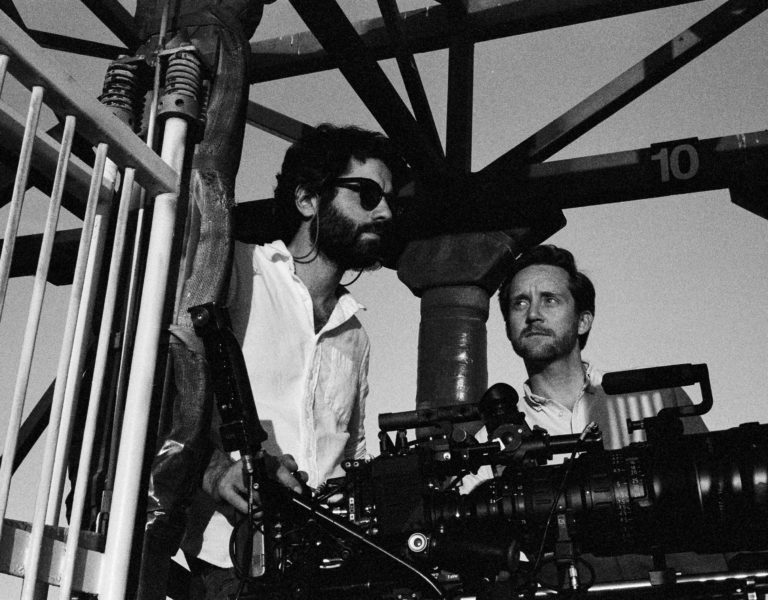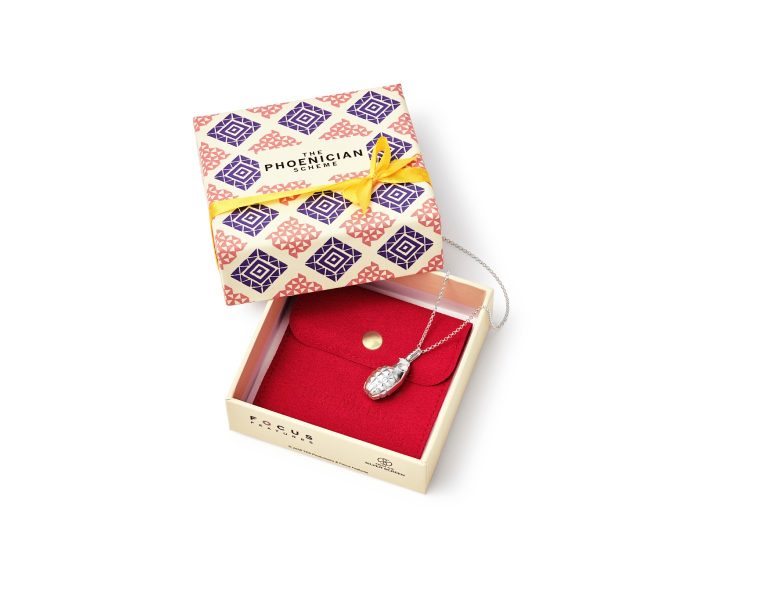RIGHT ROYAL DRAMA
A timely shift in focus from the Royal Family takes Netflix’s The Crown from English to Egyptian soil to follow the Al-Fayed family in season five’s “Mou Mou”. The series’ seasoned cinematographer, Adriano Goldman ASC BSC ABC, reveals how he used colour to shape the contrasting storylines in his lensing.
It’s not unusual in The Crown to have an episode where we cover the life of a different character. There’s the Great Smog episode in season one where you’re suddenly following Winston Churchill and you wonder, ‘Why am I following this story and not the Royal Family side of the story?’ But I think this is one of the tricks Peter Morgan plays to keep the audience engaged.
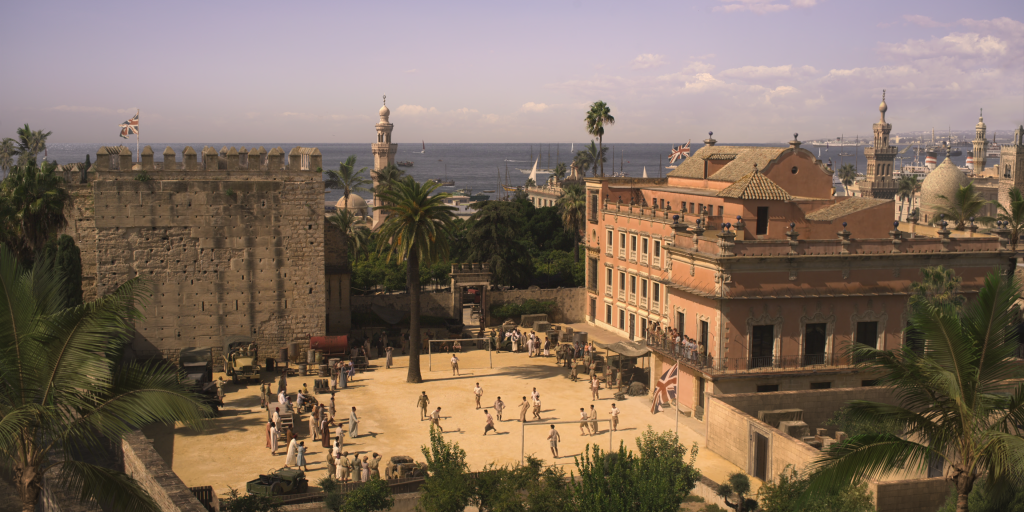
One clever thing that Peter did in the pre-title sequence of episode three, to add flavour and more layers to the story, was to cover Mohamed Al-Fayed’s youth in Egypt. In this sequence we see the young Mohamed selling Coca-Cola bottles on the streets of Alexandria. He clocks a young woman inside a posh club and has an exchange with her brother. Although Mohamed is only a teenager, it’s clear he’s a talented businessman. We then see Mohamed marrying the woman – his first wife, Samira Khashoggi – and, finally, the birth of Dodi.
I’ve worked on The Crown since 2015 and “Mou Mou” was my first time working with director Alex Gabassi. When I started on season one, I had this idea that whenever the cast changes, the lenses change as well to follow each period. For season five, we used the Sony Venice paired with Cooke S4s.
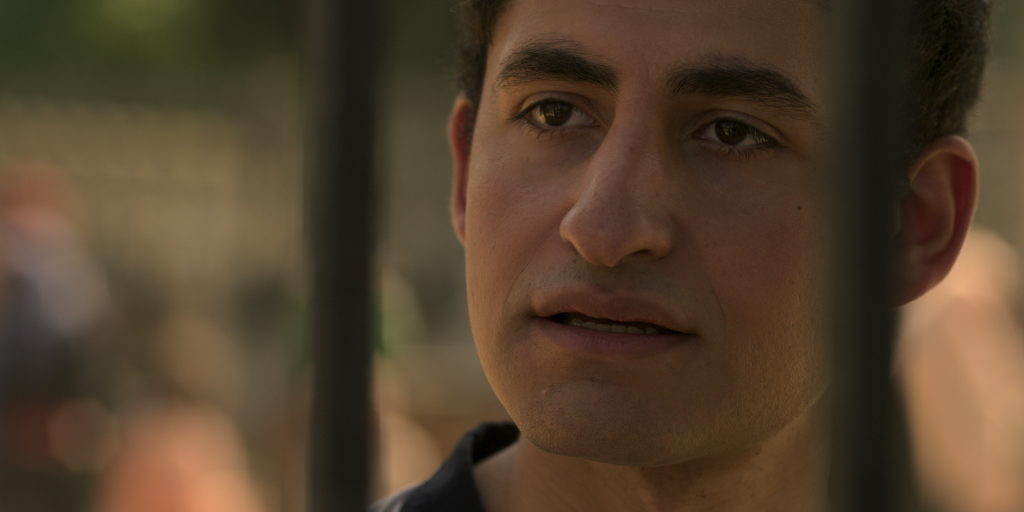
When I first read the script, I was really happy that we’d be able to go back in time because on season five, we’re covering the late 1980s and early ‘90s. I love the period tone on The Crown, so I was pleased to go back in time and cover this beautiful part of the world that we had never seen before in the show. It’s a beautiful period; I call it enhanced realism because it’s supposed to be very realistic and believable, but also very magical. There’s a little bit of slow motion used during the marriage sequence, just to make it a little more dream-like and a little less realistic – like having a memory of someone. In terms of rhythm, Mohamed’s scenes are more exciting, happier and pacier, and the Royal side is always slower – more classic, organised and methodical.
When Alex and I were deciding on our approach to this episode, we wanted to make the flashbacks much warmer. Grammatically, it’s always an interesting way to contrast other people’s lives to the Royal Family side of the story, which would always be cooler. The Mohamed storyline has more yellow and brown tones while the Royal side is always bluer, including the sets and costumes. It’s no coincidence that the cities of Seville and Jerez de la Frontera in south-west Spain were chosen to represent Egypt, given the dust and terracotta there, as well as the architectural styles.
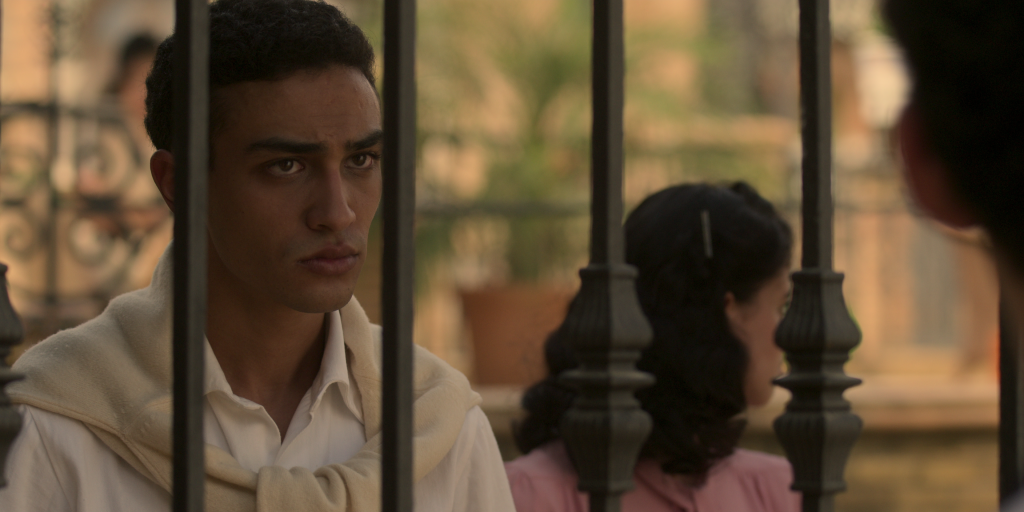
We enhanced the colour differences even further in the grade with the help of my dear collaborator, Asa Shoul at Warner Bros De Lane Lea. We made Alexandria hotter and more contrasty, while the UK scenes were softer with light blacks and relying more on greys.
Another thing that Alex and I discussed was the possibility of framing the flashbacks differently. Did we want to use different lenses for the various building blocks of the episodes? Ultimately, we realised that it would make the cinematography a little too on the nose. Also, we didn’t want Mohamed to become comedic. It was supposed to be light and fun, but if you then start using wide-angle lenses on close-ups or if you enhance that comedic side, that can be dangerous on a show like The Crown. Mohamed so wanted to become royalty himself that we also wanted to frame him elegantly – in a fresher way, yet still very respectful and dignified to help the audience understand that, despite the prejudice he experienced, he was a very successful businessman.
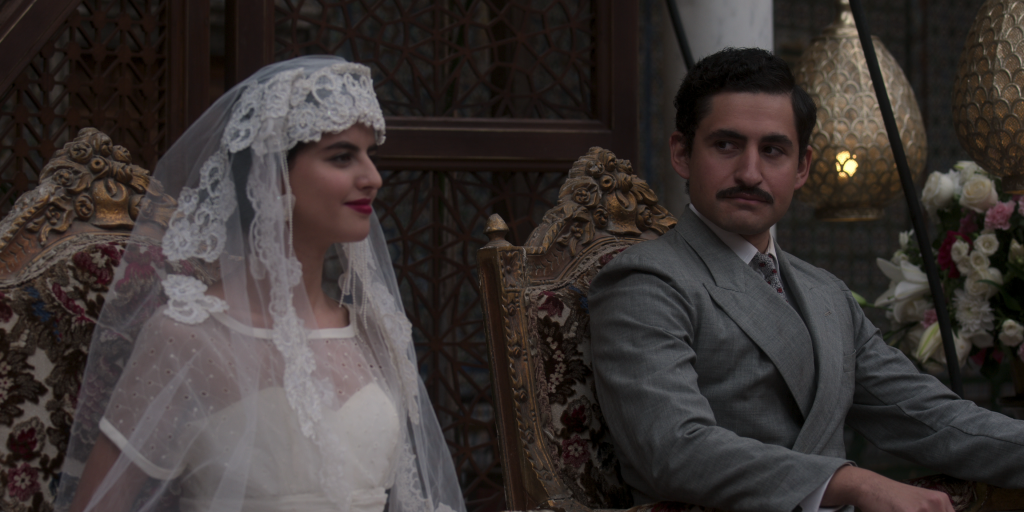
We shot the sequence with Mohamed selling Coca-Cola and the football game in Jerez. We used a little bit of additional dust and some smoke to make it seem drier. I remember feeling very lucky when we found that location because not only was it perfect for the scene and the period, but also for the sun path. It meant I knew I was going to be able to shoot for a big part of the day backlit, which is usually my preference. It highlights why prepping is so important for a DP, because you have to approve a location not only because it looks good but because it works well for the sequence. You have to plan how to use the sun in your favour and to make sure that you don’t run out of daylight. Because it was my first time working with Alex, those conversations were especially relevant and discussing the shooting order was important for me as a DP.
By the time we finish shooting season six later this year, I’ll have dedicated eight years of my life to The Crown (with a couple of feature films and Andor in between). It’s been my longest and dearest project and has changed my life and career.


